Aerospace
World’s Best Airports 2015
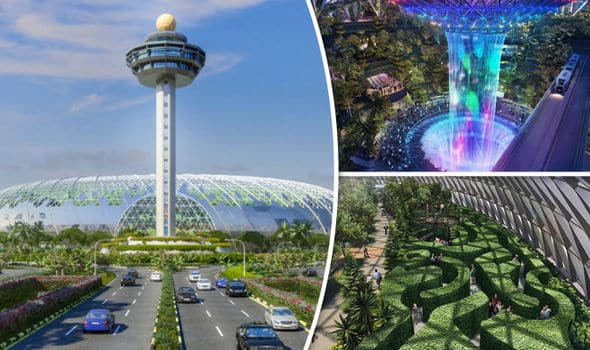
1. SINGAPORE CHANGI AIRPORT
Changi Airport serves more than 100 airlines flying to some 300 cities in about 80 countries and territories worldwide. Each week, about 6,500 flights land or depart from Changi, with more than 54.1 million passengers passing through the airport in 2014.
Changi Airport has three passenger terminals with a total annual handling capacity of 66 million passengers. Terminal 1 opened in 1981, followed by Terminal 2 in 1990 and Terminal 3 in 2008. The Budget Terminal, opened on 26 March 2006 and closed on 25 September 2012, will make way for Terminal 4 which will be ready by 2017. Changi Airport Terminal 5 is set to be ready in mid-2020s which will be able to handle 50 million passenger movements per annum
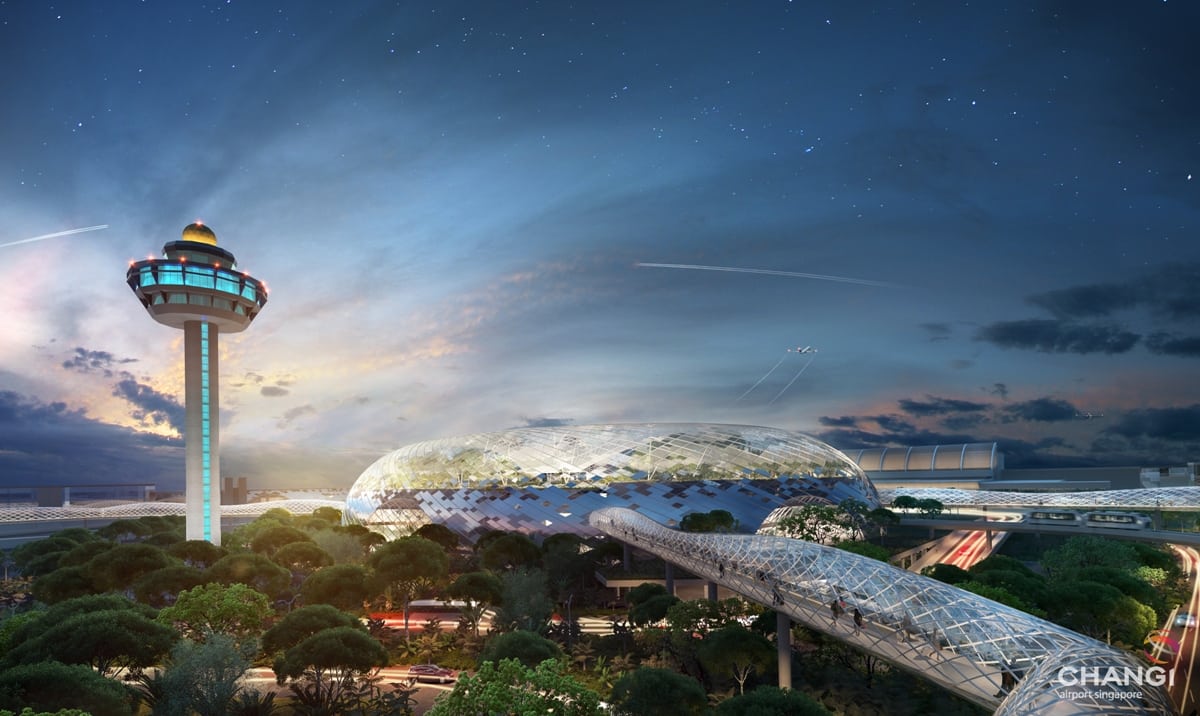
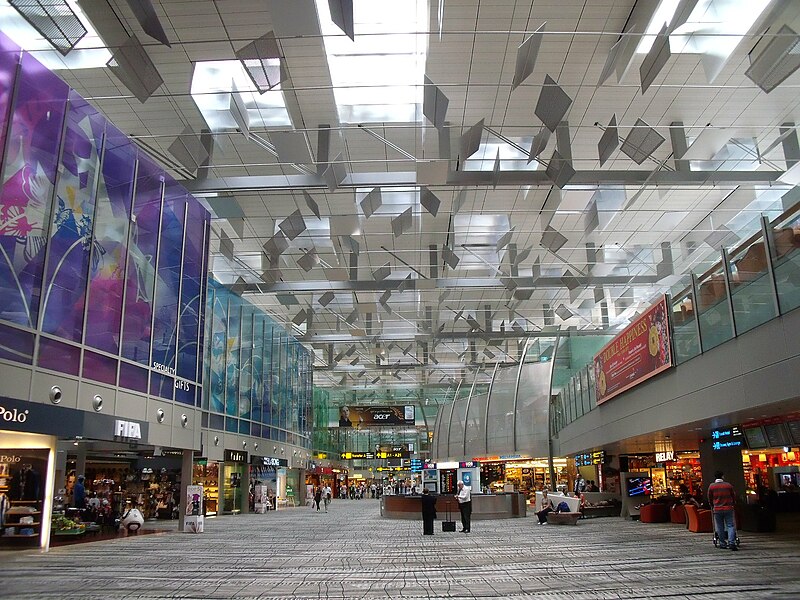
2. INCHEON INT’L AIRPORT
Incheon International Airport is the largest airport in South Korea and one of the busiest airports in the world. It is a former winner of the Airport of the Year title at the World Airport Awards.
Incheon International Airport is located west of Incheon’s city center, on an artificially created piece of land between Yeongjong and Yongyu islands. The two islands were originally separated by shallow sea.
The airport has a golf course, spa, private sleeping rooms, ice skating rink, a casino, indoor gardens and a Museum of Korean Culture. Airport authorities claim that average departure and arrival takes only 19 minutes (60 minutes world-wide industry average) and 12 minutes (45 minutes) respectively, significantly lower than the rest of the world, making it one of the fastest airports in the world for customs processing The airport also holds an unbreakable record of being ranked the Best Airport Worldwide for 7 consecutive years by the Airports Council International (ACI)’s Airport Service Quality award from year 2005 to 2011, and was also rated the world’s best among airports of its size (25-40m) and region (Asia-Pacific) in year 2012 (wiki source)

pic credit : Incheon International Airport
Munich Airport is the second busiest airport in Germany and the secondary hub for Lufthansa German Airlines. Munich Airport has connections to destinations all over the world, but much more besides. With over 150 retail stores and some 50 places where you can eat and drink, it’s like a city center, offering travelers and visitors plenty to see and do.
Flughafen München, is the international airport of Munich, the capital of Bavaria. It is the second busiest airport in Germany in terms of passenger traffic behind Frankfurt Airport, and the seventh busiest airport in Europe, handling 39.7 million passengers in 2014, an increase of close to 3% from 2013. It is the world’s 14th busiest airport in terms of international passenger traffic, and was the 30th busiest airport worldwide in 2013. As of March 2015, the airport features flights to 228 destinations in 66 countries.

Pic Credit : Munich Airport
Hong Kong International Airport serves over 100 airlines operating flights to about 180 locations worldwide, including 44 destinations on the Chinese Mainland. It is a former, multiple winner of the Airport of the Year title at the World Airport Awards.
It is located on theisland of Chek Lap Kok, which largely comprises land reclaimed for the construction of the airport itself. The airport is also colloquially known as Chek Lap Kok Airport. The airport has been commercially operational since 1998, replacing the former Kai Tak Airport, and is an important regional trans-shipment centre, passenger hub and gateway for destinations in Mainland China (with 45 destinations) and the rest of Asia. The airport is the world’s busiest cargo gateway and one of the world’s busiest passenger airports
HKIA is an important contributor to Hong Kong’s economy, with approximately 65,000 employees. More than 100 airlines operate flights from the airport to over 180 cities across the globe. In 2014, HKIA handled 63.3 million passengers,making it the 10th busiest airport worldwide by passenger traffic. It also surpassed Memphis International Airport to become the world’s busiest airport by cargo traffic.
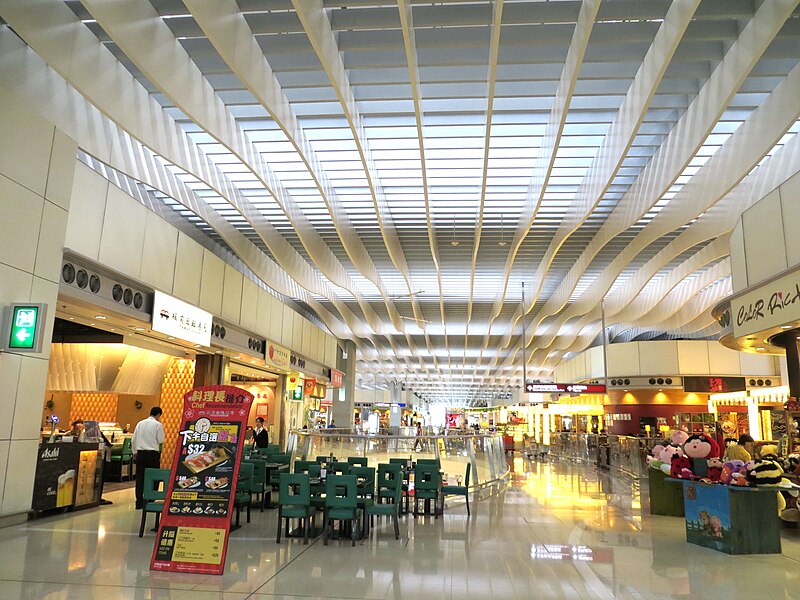
- TOKYO INT’L AIRPORT HANEDA
Boasting both domestic and international terminals, Tokyo International Airport Haneda plays a very important role in furthering Japan’s development as a tourism-oriented nation
Haneda handled 72,826,862 passengers in 2014; by passenger throughput, it was the second busiest airport in Asia and the fourth busiest in the world, after Hartsfield-Jackson Atlanta International Airport, Beijing Capital International Airport (Asia’s busiest) and London Heathrow Airport
It is able to handle 90 million passengers per year following its expansion in 2010. With Haneda and Narita combined Tokyo has the third busiest city airport system in the world, after London and New York City.

Pic credit : Tokyo International Airport
- ZURICH AIRPORT
Zürich Airport is the largest international airport of Switzerland and is the principal hub for Swiss International Air Lines.
Zurich Airport is also known Kloten Airport, is the largestinternational airport of Switzerland and the principal hub of Swiss International Air Lines. It serves Zürich, Switzerland’s largest city, and, with its surface transport links, much of the rest of the country. The airport is located 13 kilometres (8 mi) north of central Zürich, in the municipalities of Kloten, Rümlang, Oberglatt, Winkel and Opfikon, all of which are within the canton of Zürich.
The new terminal B opened in November 2011, and provides segregated access to and from aircraft for Schengen and non-Schengen passengers. Zurich Airport handled 25.5 million passengers in 2014, up 2.5 percent from 2013.

pic credit : zurich airport (wiki)

Swiss International Air Lines Airbus A330-300 and Airbus A340-300 at Zurich Airport
- CENTRAL JAPAN INTERNATIONAL AIRPORT
In 2014, 9.8 million passengers travelled through Central Japan International Airport in Nagoya, better known as Centrair. The airport has a large domestic traffic percentage, with a number of regional routes operated to Asiana cities such as Bangkok and Singapore. Longer haul routes include Helsinki, Frankfurt, Honolulu and Detroit.
Centrair is classified as a first class airport and is the main international gateway for the Chūbu (“central”) region of Japan. The name “Centrair” is an abbreviation of Central Japan International Airport, an alternate translation used in the English name of the airport’s operating company, Central Japan International Airport Co., Ltd
Chūbu is Japan’s third off-shore airport, after Nagasaki Airport and Kansai International Airport, and is also the second airport built in Japan on a manmade island. There are currently 5 offshore airports in Japan, including Kobe Airport andKitakyushu Airport.


- LONDON HEATHROW AIRPORT
London Heathrow Airport is the busiest airport in the UK and busiest airport in Europe by passenger traffic, and having been world’s busiest airport for international passengers, it has recently lost this title to Dubai Airport.
Heathrow Airport is a major international airport in west London, England. Heathrow is the busiest airport in the United Kingdom and the busiest airport in Europe by passenger traffic. Heathrow is also the third busiest airport in the world by total passenger traffic. In 2014, it handled a record 73.4 million passengers, a 1.4 percent increase from 2013
Heathrow Airport is used by over 90 airlines flying to 170 destinations worldwide. The airport is the primary hub of British Airways, and is a base for Virgin Atlantic. It has four passenger terminals (numbered 2 to 5) and a cargo terminal. Of Heathrow’s 73.4 million passengers in 2014, 93% were international travellers; the remaining 7% were bound for UK destinations

Terminal 4 bird’s-eye view
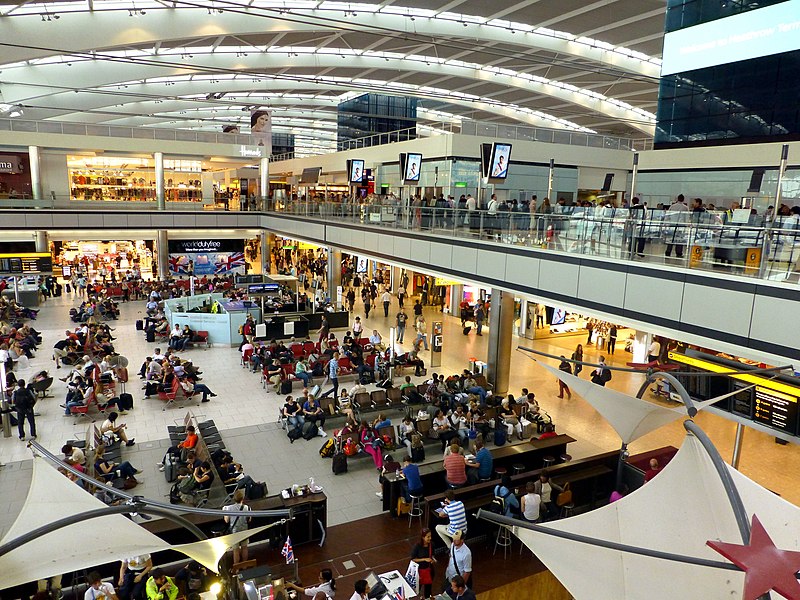
- AMSTERDAM SCHIPHOL AIRPORT
In 2014, 55 million passengers travelled via Amsterdam Airport Schiphol, which describes itself as an AirportCity, much more than just a place where you wait until your flight takes off.
Schiphol Airport is an important European airport, ranking as Europe’s 5th busiest and the world’s 14th busiest by total passenger traffic in 2013 (16th in 2012). It also ranks as the world’s 6th busiest by international passenger traffic and the world’s 16th busiest for cargo tonnage. 52.569 million passengers passed through the airport in 2013, a 3% increase compared with 2012.[4] Schiphol’s main competitors in terms of passenger traffic and cargo throughput are London Heathrow Airport, Frankfurt Airport, Paris–Charles de Gaulle Airport and Madrid–Barajas Airport.Schiphol Airport operated as of 2015 , 54,978,023 Passengers , 1,633,195 Freight (tonnes) 438,296 Aircraft movements

Pic credit : Schiphol Airport
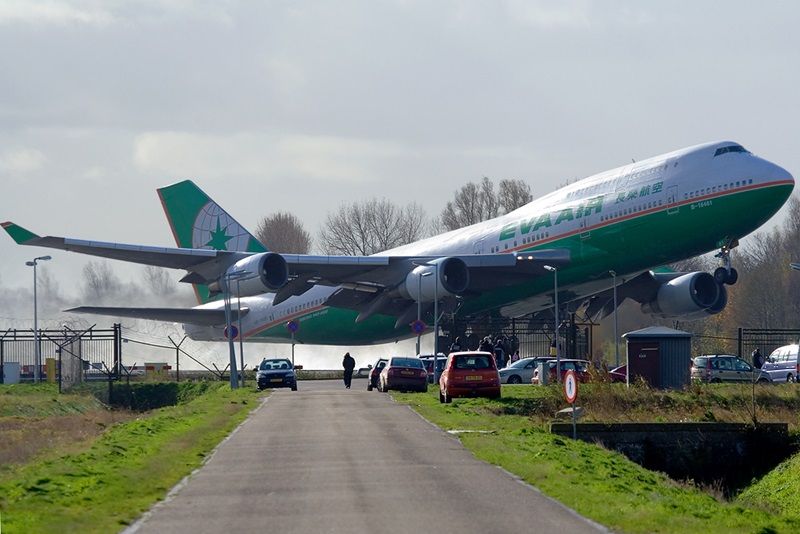
Pic credit : pixter.com
- BEIJING CAPITAL INT’L AIRPORT
Beijing Capital International Airport is the main international airport serving Beijing and from 2014, the second-busiest airport in the world.
Beijing Capital has rapidly ascended in rankings of the world’s busiest airports in the past decade. It had become the busiest airport in Asia in terms of passenger traffic and total traffic movements by 2009. It was the world’s second busiest airport in terms of passenger traffic from 2010-2013 and as of March 1, 2014 it was the second-busiest airport in the world in 2014. The airport registered 557,167 aircraft movements (take-offs and landings), which ranked 6th in the world in 2012. In terms of cargo traffic, Beijing airport has also witnessed rapid growth. By 2012, the airport had become the 13th busiest airport in the world by cargo traffic, registering 1,787,027 tonnes
Source : Skytrack, wiki source

entrance into the main hall of Terminal 3
liked it ..! ?
Share with your friends and families

Aerospace
Boeing Transfers Rocket Stage to NASA, Paving Way for Human Moon Mission

Boeing has achieved a significant milestone by providing NASA with the second core stage of the Space Launch System (SLS) rocket.
This crucial component, crafted at NASA’s Michoud Assembly Facility (MAF), is set to propel the Artemis II crew into lunar orbit, marking humanity’s return to deep space after a 50-year hiatus.
The monumental Boeing-built rocket stage, the largest element of the Artemis II mission, will embark on a journey aboard the Pegasus barge, traveling 900 miles to NASA’s Kennedy Space Center.
Comparison of two legendary aircraft B777x vs B747 aircraft:Click here
Upon arrival, it will be meticulously integrated with other essential Artemis II components, including the upper stage, solid rocket boosters, and NASA’s Orion spacecraft within the iconic Vehicle Assembly Building. This intricate integration process is a vital step toward the eagerly anticipated Artemis II launch, slated for 2025.
“Boeing-built products helped land humankind on the moon in 1969, and we’re proud to continue that legacy through the Artemis generation,” remarked Dave Dutcher, vice president and program manager for Boeing’s SLS program. “Together, with NASA and our industry partners and suppliers, we are building the world’s most capable rocket and paving the way to deep space through America’s rocket factory in New Orleans.”
NASA, Lockheed Martin Reveal X-59 Quiet Supersonic Aircraft:Click here
The delivery of Core Stage 2 marks a significant achievement in the evolution of the SLS rocket. Towering over 200 feet and powered by four RS-25 engines, this core stage, coupled with two solid-fueled booster rockets, will generate a staggering 8.8 million pounds of thrust. This immense power is crucial to launching Artemis II and future missions into the vast expanse of space.
The SLS rocket stands unparalleled in its capability to transport both crew and substantial cargo to the moon and beyond in a single launch. Its extraordinary capacity will facilitate the delivery of human-rated spacecraft, habitats, and scientific missions to destinations including the moon and Mars, ushering in a new era of space exploration.
-

 Travel1 week ago
Travel1 week agoAir India to Expand US Operations with Three New Routes After a Decade
-

 Travel2 weeks ago
Travel2 weeks agoWhy We Should Avoid These Stamps in a Passport
-

 Airlines1 month ago
Airlines1 month agoInvestigations Reveal Fake Chinese Titanium in Boeing and Airbus Jets
-

 Tech4 weeks ago
Tech4 weeks agoChina’s CATL Plans 1,800-Mile Electric Plane Launch by 2027
-

 Airport3 days ago
Airport3 days agoTop 10 Largest Airports in the World by Size
-

 Aerospace4 weeks ago
Aerospace4 weeks agoChina’s Fighter Jets Turn Wings into Autonomous Drones
-

 Airlines4 days ago
Airlines4 days agoAir India Rolls Out A350s for Delhi-New York JFK and Newark Routes
-

 Defence3 weeks ago
Defence3 weeks agoBoeing Enhances Chinook with New Engines and Block II Upgrades at $96 Million







